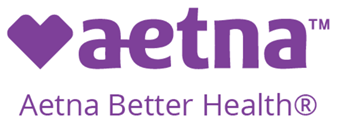Community Health Centers are embracing the fact that sustainable healthcare delivery requires them to work with an integrated coalition of community partners rather than as isolated service providers. That was one of the common themes heard at the recent August gathering of the nation’s largest network of primary care providers in Chicago for the National Association of Community Health Centers (NACHC) Community Health Conference & EXPO (CHI). Throughout the conference, speakers emphasized the critical role of strategic partnerships in expanding healthcare access to underserved communities.
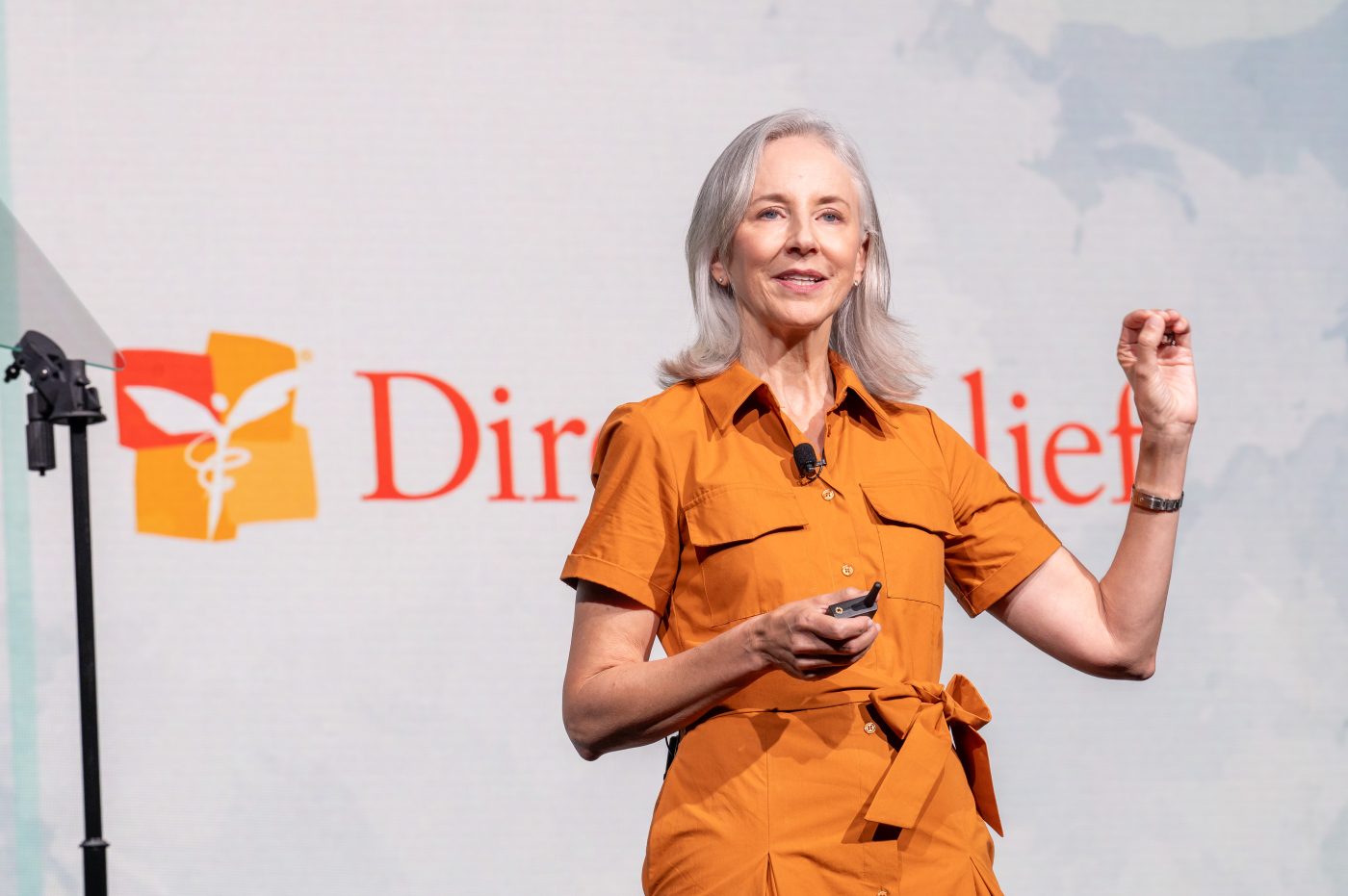
As the CEO of a valued health center partner, Amy Weaver, JD, CEO of Direct Relief, the largest charitable medicine program in the United States, delivered the keynote address on the conference’s second day. Describing the 20-year partnership between NACHC and Direct Relief, which began in the wake of Hurricane Katrina, Weaver shared that health centers were an essential on-the-ground partner that enabled Direct Relief to deploy its resources domestically for the first time.
Direct Relief currently partners with 500 health centers nationwide and has provided support to over 1,000 health centers over the past 20 years, delivering $128 million in donated medicines and medical supplies.
“We are all healthier and the country works better because of your work,” Weaver told the assembled health center leaders and providers.
Direct Relief’s comprehensive support extends to managing the storage, shipping, and cold chain monitoring for temperature-sensitive medicines, as well as specialized support for opioid treatment programs—all provided at no cost to health centers. The organization has the capacity to offer support to all 1,400 health centers nationwide.
“I hope each health center will become a partner of Direct Relief and benefit from the free medicines we provide,” Weaver said. The partnership model between Direct Relief and health centers exemplifies CHI’s central message that health centers thrive through collaborative relationships with partners that share the common goal of promoting healthier communities and increased access to care.
Partnerships—and Advocacy—are Key to Facing Funding Challenges
While NACHC works to support health centers in the ambitious goal of becoming the nation’s healthcare “Employer, Provider, and Partner of Choice” serving one in three Americans over the next 20 years, health centers must chart this path forward while facing significant funding challenges, including the looming September 30 expiration of critical federal grant funding (also known as the “330 grant”).
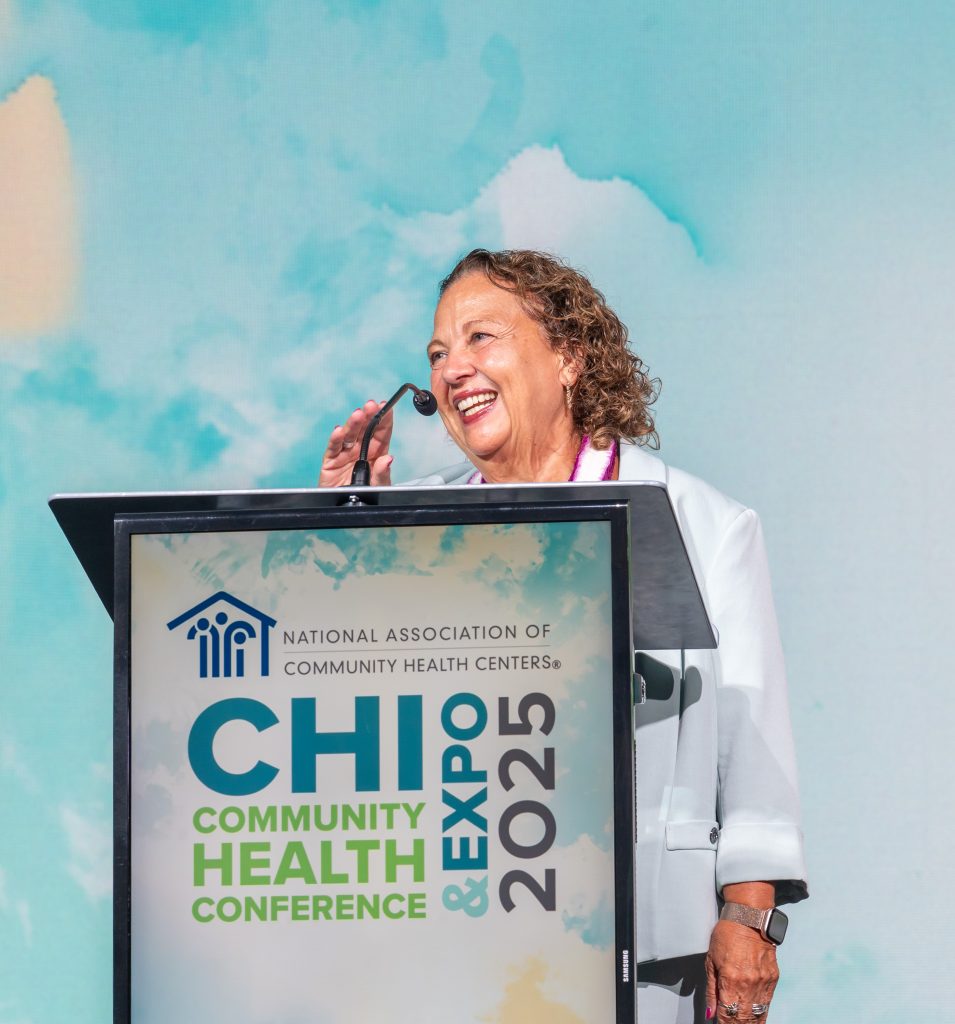
Addressing the financial pressures facing the health center movement, Paloma Izquierdo Hernandez, CEO of Urban Health Plan in New York, described the precarious funding situation facing health centers nationwide.
“CHCs are facing chronic underfunding and uncertainty, leaving us grappling with how to be true to our mission while having less,” Hernandez explained. “As we approach the September 30 expiration of the 330 grant, we will be forced to seek a sixth extension in two years. This environment is unrealistic and unsustainable.”
The funding challenges are compounded by the broader healthcare landscape, where primary care receives a disproportionately small share of healthcare spending. Conference speakers noted that only five cents of every healthcare dollar goes to primary care, underscoring the urgency of the mission to strengthen and expand community health centers.
Former NACHC board member Yvonne Davis emphasized the ongoing need for advocacy efforts, stating, “Every year we’re coming to D.C. to ask for money to keep us afloat.” Despite these challenges, Davis stressed the importance of continued advocacy to expand services to communities in need: “We must advocate for increased access to not only primary care but also mental health care and dental care.”
Speakers emphasized that the key to successful advocacy again lies in strong partnerships. Hernandez advised other health center leaders to work to strengthen local connections and make new ones with the goal of becoming a recognized stakeholder in the community, to secure a seat at the table, and to remain resolute in their advocacy. “We mobilize, we fight, and we make our voices impossible to ignore,” she said.
Innovation and Technology to Build Future-Focused Partnerships
While reflecting on the innovative spirit of health centers since their inception 60 years ago, speakers emphasized how health centers have historically turned challenges into opportunities to apply creative solutions.
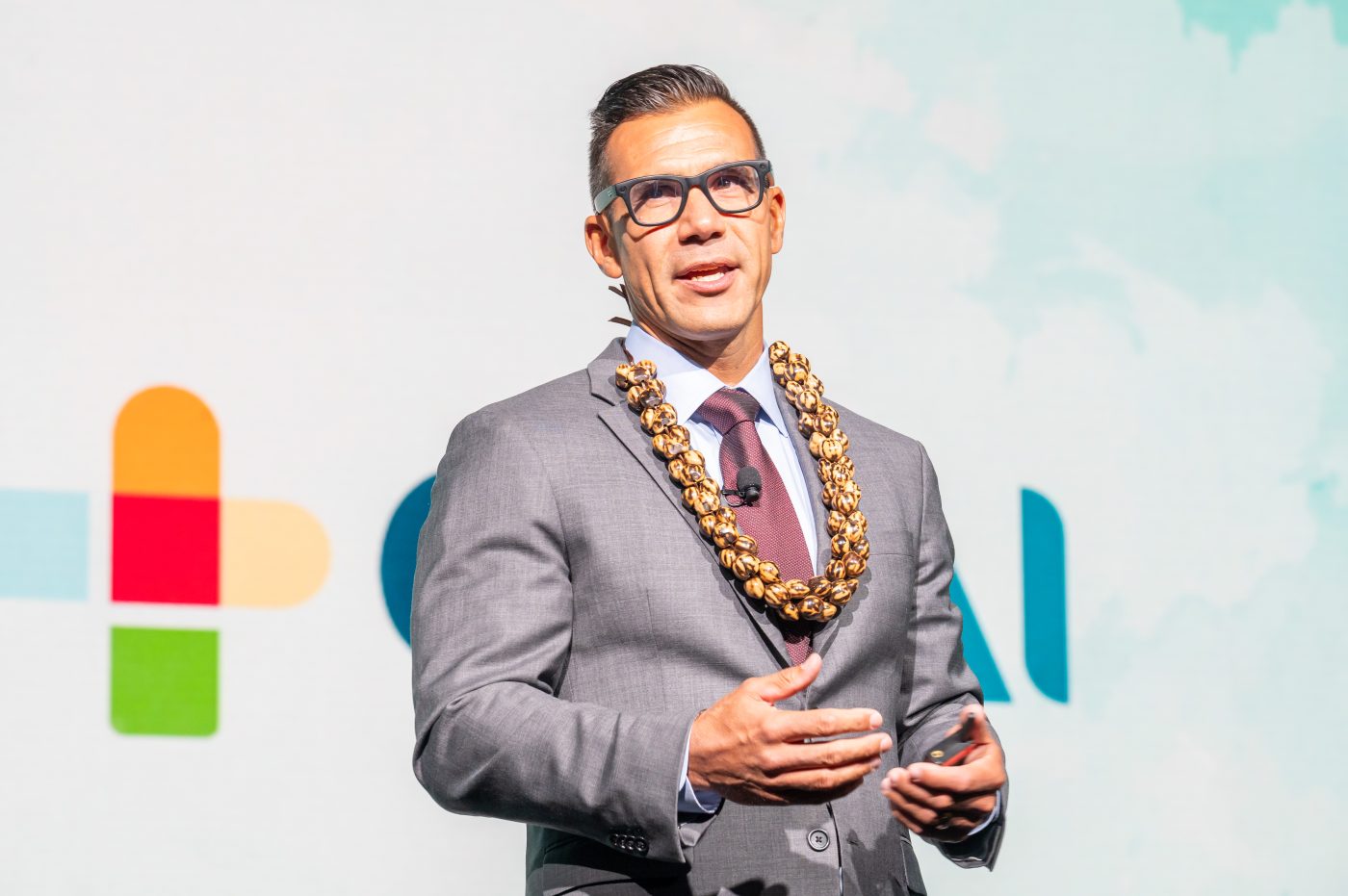
One key innovation is the evolving role of technology in healthcare delivery, which now encompasses the realm of artificial intelligence. At the conference, opening keynote speaker Brian Anderson, CEO of the Coalition for Health AI (CHAI), explained the importance of responsible AI implementation in strengthening health center operations. Anderson described how AI has the potential to open new doors to data collection and analysis that can help health centers s better understand their populations’ needs and respond in increasingly targeted ways.
The emerging role of AI in healthcare research and delivery aligned with the broader conference theme that health centers can meet the challenges of today by innovating new ways to deliver care more effectively and efficiently.
“Every health outcome reflects our common values of ensuring the dignity of our patients through responsiveness to their comprehensive health care needs,” Hernandez shared.
Looking Ahead
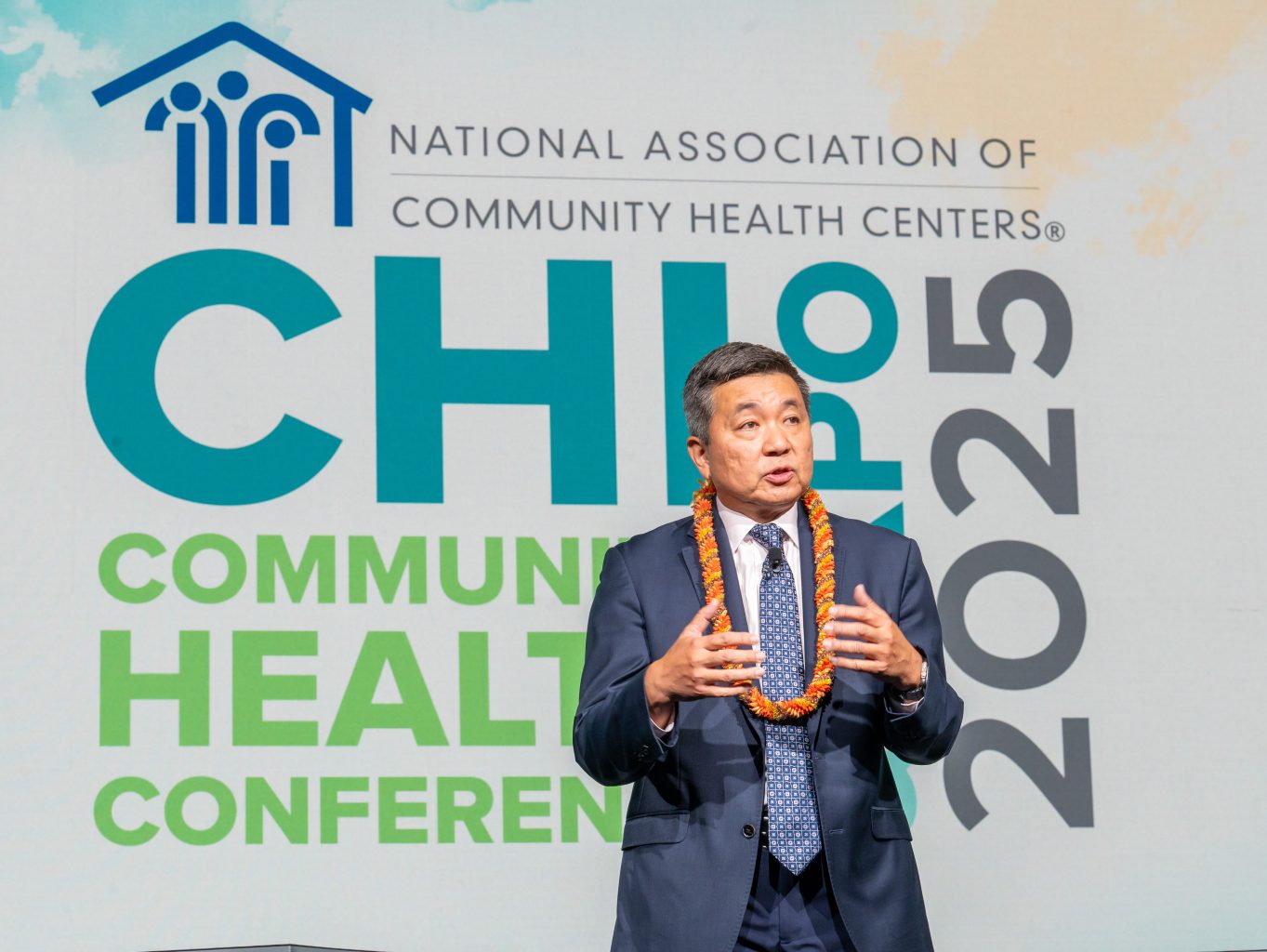
As the conference concluded, participants carried forward a message of determined optimism despite significant challenges. The combination of innovative partnerships like those with Direct Relief, technological advancements in AI and care delivery, and the health center movement’s history of successful community engagement provides a foundation for addressing current funding uncertainties and healthcare access challenges.
As Kyu Rhee, MD, MPP, President and CEO of NACHC, concluded, “CHCs are the only federal program that calls itself a movement. We have a history of innovation and resilience. We don’t retreat from challenges; we run towards them.
